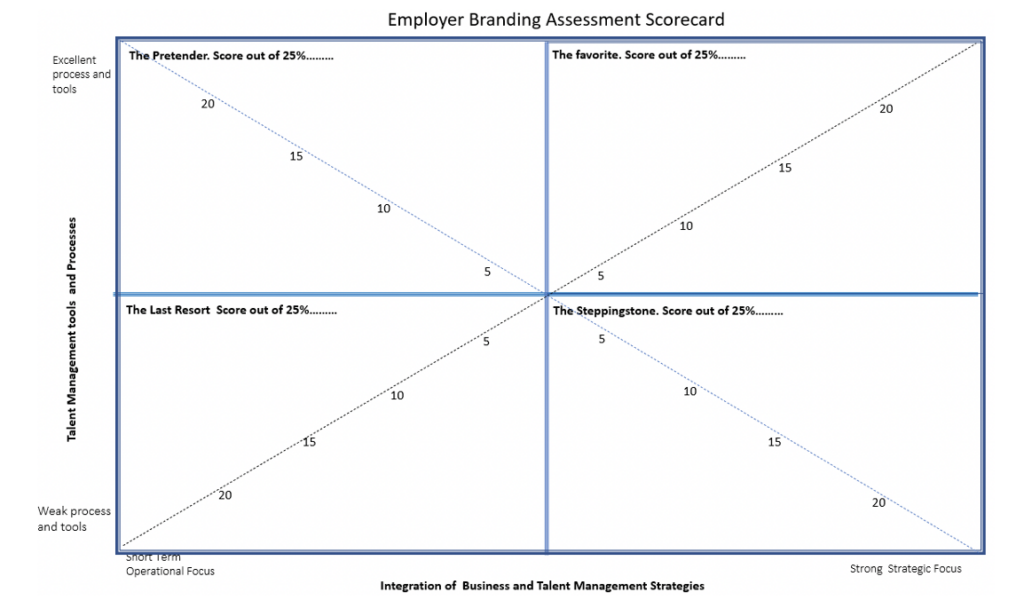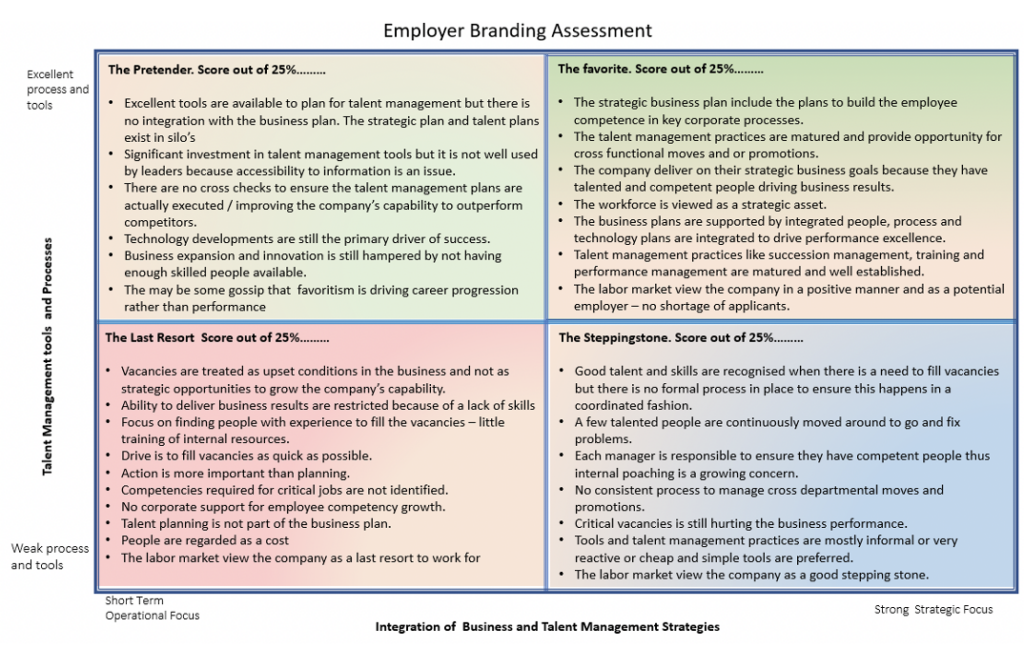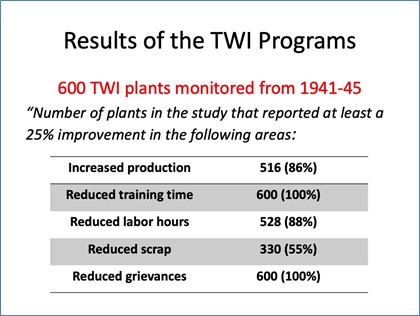Breaking the Silence: Unveiling the Truth Behind Pluralistic Ignorance
I am writing this short blog for business owners, line managers and HR staff trying to set up their businesses to become more competitive in the employment market but finding it difficult to move their teams ahead. It addresses the difficulty of attracting and retaining talent on two levels. Firstly, it provides some very brief insights into the characteristics of a winning company in the war for talent. Secondly, it provides a simple tool and process to deal with one of the many obstacles business owners and practitioners may experience to get consensus and alignment to implement obvious improvement strategies. These are ideas that business owners and practitioners can use to overcome difficulty and get some action going. Consultants and facilitators may also find this helpful. Please note that I do not suggest this as an end-to-end solution.
Let me explain the issues first and then share some tools and processes that I found helpful in our practices.
The war for talent is lately one of those popular conversation topics, and it is on the lips of everybody. There are more conference presentations, articles, books, and suggested solutions by experts on what companies can do to win the talent war than I have seen over the past 30 years.
In this context, I work with clients often to support them in developing strategies to improve their competitiveness within the labour market. Now we know that part of the solution would be to ensure they have outstanding employer branding because candidates and employees are attracted to companies when they believe that employment at a selected company will provide functional, economic, and psychological benefits. There is much more to improve your employer branding than just throwing money at the problem by paying better than the competitors.
However, part of the solution is improving inclusiveness and transparency, which is also a partial solution. While working with many clients over the years, one condition stands out to effectively improve a company’s employer brand, i.e., the ability to fully integrate talent strategies with the business strategy and be congruent in applying talent-based information when making critical business decisions.
This is easier said than done because business is complex and always logical. Companies consist of the same complex dynamics in society because it is a micro-society comprising members of the broader community.
This reality means that implementing any intervention takes a lot of work.
Typically step one in creating a better employer brand is to get the significant stakeholders to understand and agree on how well they perform and set a strategy to improve their employer branding and, simultaneously, improve business results.
That is where I have seen an interesting phenomenon sticking its head out and derailing any progress with step one, called pluralistic ignorance.

Below you will find one of the many tools I use when working with groups to assist them in dealing with the issue of pluralistic ignorance. I would typically ask members to use the matrix below to assess their company’s strength in attractiveness and or use it in conversations with at least two other people in the organization to obtain a rating on how people perceive the company to be. Bringing these conversation results back allows members to express opinions more openly because they present structured information rather than feeling they may express their own wrong opinion. It also addresses, by implication, some corrective action when the team starts discussing the presented information as revealed through the rating of their employer branding.

However, it is vital to inform participants that it is possible that all the behaviours can be present at the same time in a company as departmental differences may be at play at any time in one company. The sum of the different assessments reflects the company’s status more accurately anyway.
I hope this helped develop some insights into the typical issues experienced in improving your employment market competitiveness. Feel free to use change, play with the suggested concepts, and share your insights in a future blog.
If you prefer a personal discussion, please get in touch with me anytime.
Read With Us
If you found this information useful, please subscribe to be notified for our next great post.

Competency and the Link to Engagement and Performance: If you’re not focused on competency… what ARE you focused on?
At WFSI, we’re laser-focused on competency as THE key to organizational performance. And while there are companies who say they have a competency focus, when you scratch a bit below the surface, you find that things aren’t necessarily what they may appear to be. One example we’ve seen repeatedly is in recruiting for “entry-level” positions….

Competency Testing in Recruiting: It’s Probably A LOT Easier Than You Think…
When we talk to companies about testing for competency during recruiting and selection, we often get pushback: “That’s too complicated!” “That’s too expensive!” “That takes too much time!” But does it really? We maintain that the biggest reason that companies don’t do really engage in competency testing is that they really don’t have a proper…

Graduate to Greatness
As a newly(ish) graduated student, I’ve learned that the job-hunting process can be a real rollercoaster ride. One moment you’re feeling confident and excited about a job opportunity, and the next you’re refreshing your email inbox every five seconds, anxiously waiting for a response. I know first-hand how challenging it can be to find a…







